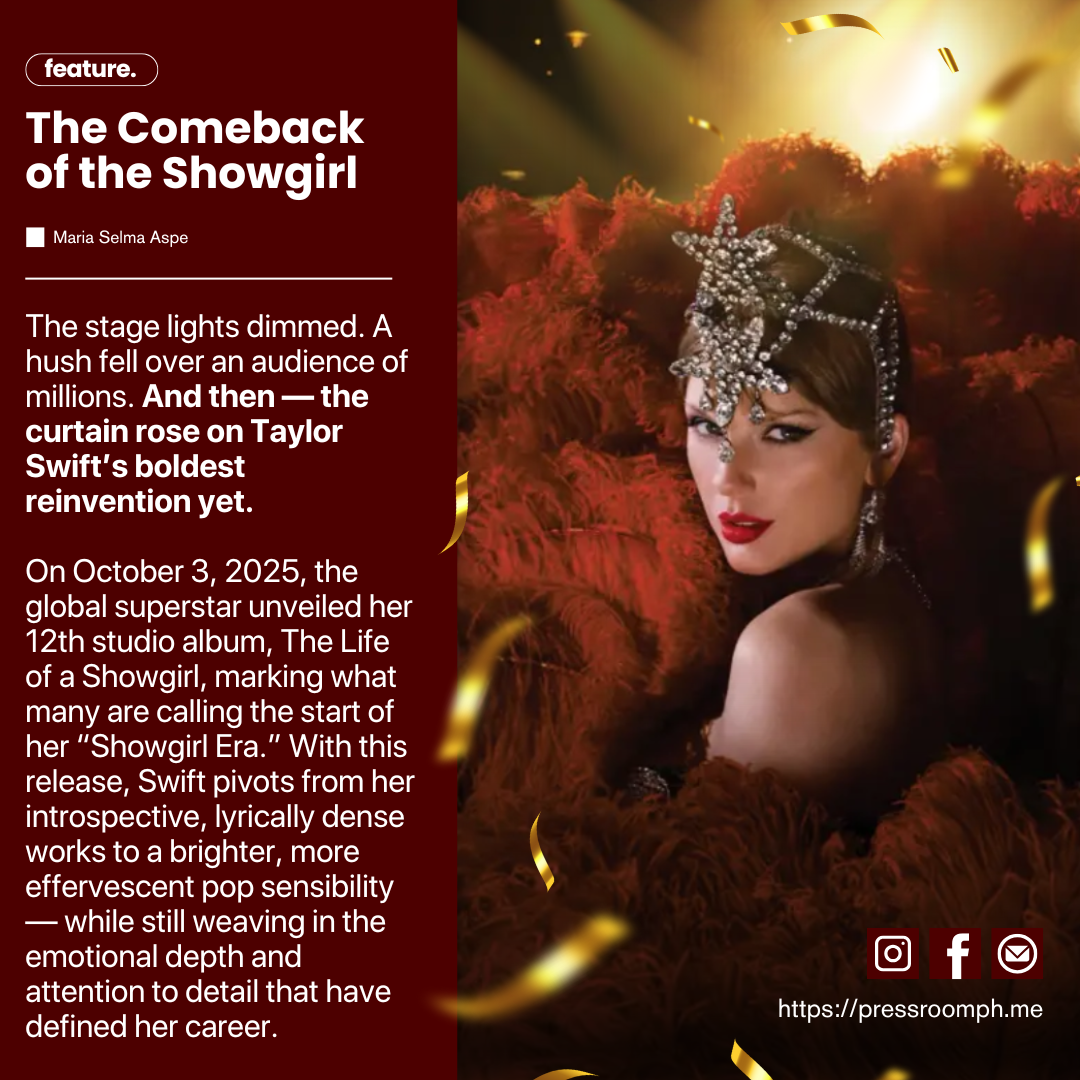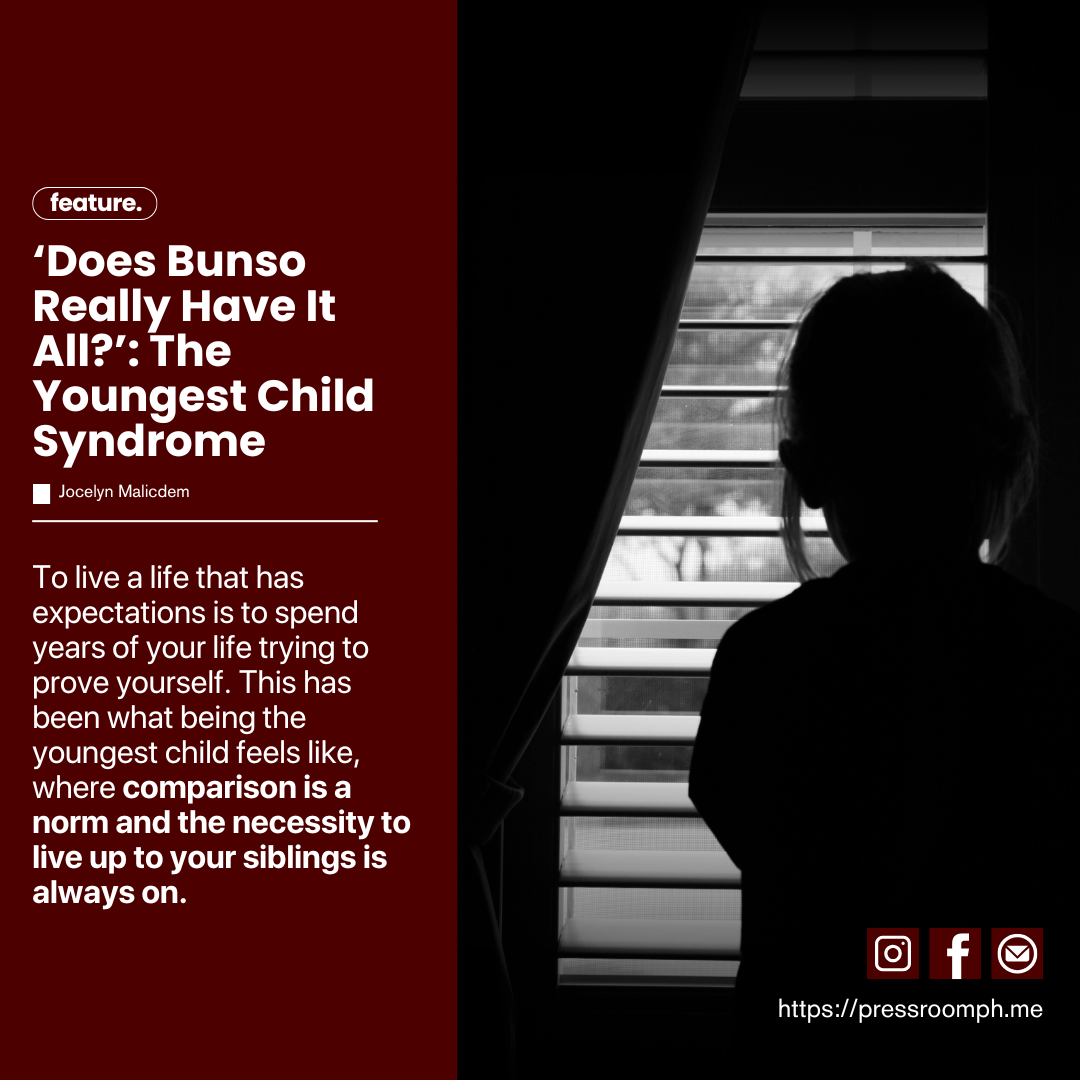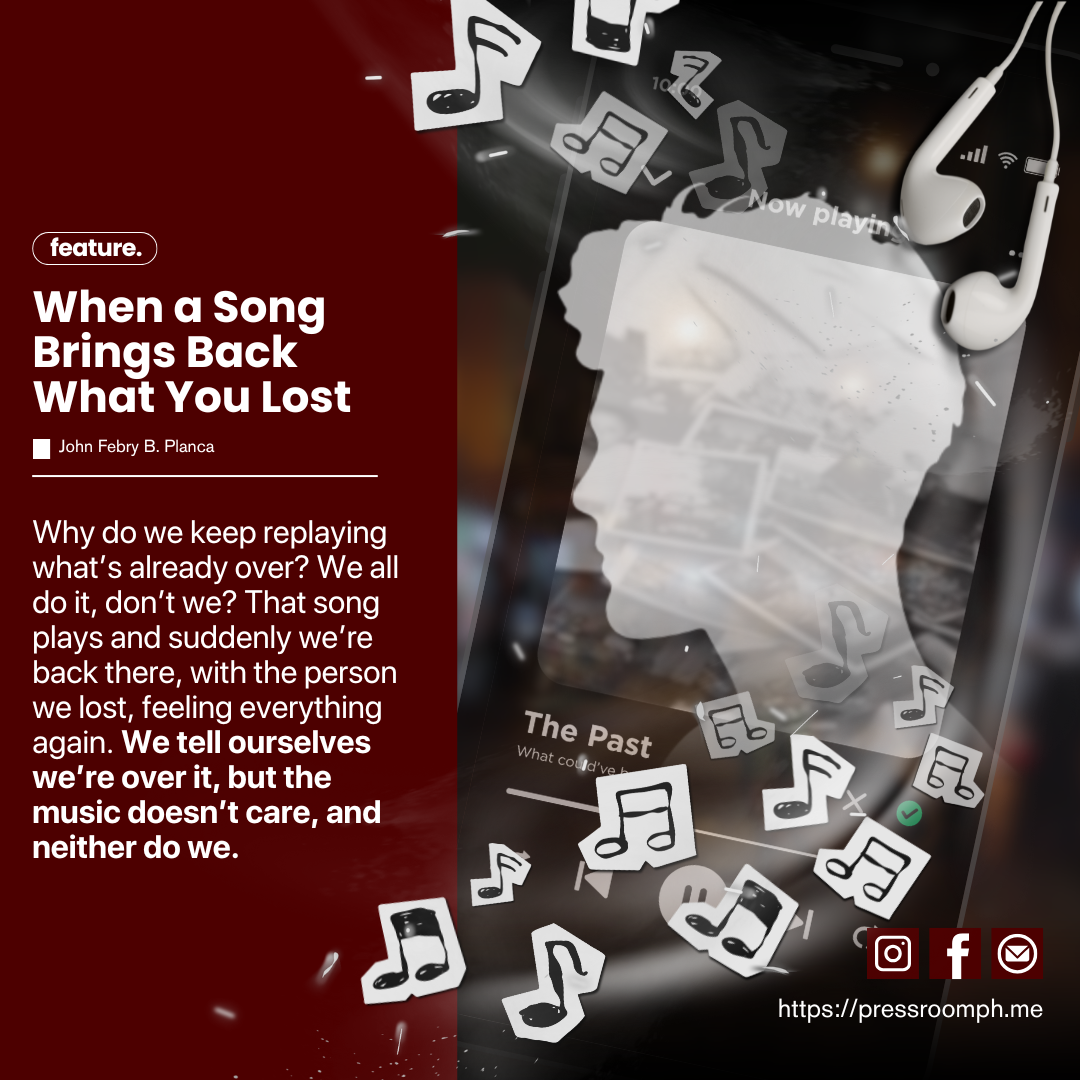The stage lights dimmed. A hush fell over an audience of millions. And then — the curtain rose on Taylor Swift’s boldest reinvention yet.
On October 3, 2025, the global superstar unveiled her 12th studio album, The Life of a Showgirl, marking what many are calling the start of her “Showgirl Era.” With this release, Swift pivots from her introspective, lyrically dense works to a brighter, more effervescent pop sensibility — while still weaving in the emotional depth and attention to detail that have defined her career.
If her past eras were chapters in storybooks, The Life of a Showgirl is the act where Taylor emerges from behind the scenes — shimmering in rhinestones, stiletto lights, and theatrical confidence. The visuals lean heavily into the world of stagecraft: cabaret glitz, dramatic posturing, and unabashed femininity. Critics have described this as possibly the most flamboyant and glamorous aesthetic she’s ever adopted.
That said, the “showgirl” motif is not merely decorative. It stands as a metaphor for the dualities she’s always confronted: spectacle and solitude, audience and isolation, performance and authenticity.
In one sense, Showgirl is a homecoming, a deliberate reentry into pop’s brighthearted terrain. Swift reunites with longtime collaborators Max Martin and Shellback, who were central to her Red, 1989, and Reputation eras. Together, they sculpt a 12-track set that embraces lush hooks, pulsating rhythms, and accessible melodies. The album clocks in at approximately 41 minutes, making it one of her shortest standard editions.
Yet this is not a light pop fluff. At its core, there’s tension between glamour and gravity. Swift balances buoyant production with lyrical moments of doubt, longing, and reflection, exploring how a life in the spotlight can both empower and imprison.
“The Fate of Ophelia”
Serving as the lead single and opening track, “The Fate of Ophelia” is laden with literary resonance. Borrowing from Shakespeare, the song recasts the tragic figure of Ophelia — often portrayed as a victim — into a symbol of agency and emotional reclamation. In interviews, Swift suggested she imagined a version of Ophelia saved by love — a mirror to her own negotiations with public scrutiny and personal resilience.
“Opalite”
This synth-pop gem is widely speculated to echo her romantic life, with references that many fans interpret as nods to fiancé Travis Kelce. Its smooth groove and silky production underscore the album’s confident, sensual undercurrent.
“(Title Track) The Life of a Showgirl” (feat. Sabrina Carpenter)
The closing track is a dramatic duet with Sabrina Carpenter, exploring the disillusionment behind stardom. In this storytelling piece, a character named Kitty rises to fame only to discover the cost of the spotlight. Carpenter, a prior touring collaborator, lends emotional depth to the narrative, and Swift has praised her as a “brilliant and tough” creative foil.
Other standout tracks, like “Wi$h Li$t” and “Cancelled!”, showcase Swift’s playful side and her still-sharp capacity to settle scores or muse on perfection and regret.
Swift composed and recorded much of Showgirl during the European leg of her Eras Tour in 2024. Between stadiums and flights, she traveled to Sweden to create with Martin and Shellback. A process she described as capturing an “infectiously joyful, wild, dramatic place” in her own life. She also intentionally kept the album concise, choosing 12 focused tracks rather than numerous bonus cuts, so the narrative would feel cohesive.
The rollout included pop-up experiences, midnight merch drops (notably via Target), and a companion film event, The Official Release Party of a Showgirl, which premiered in over 100 countries on opening night. The album also shattered Spotify records: it became the most pre-saved album ever and broke single-day streaming records in under 12 hours.
Fashion-wise, Taylor leaned hard into showgirl couture. One standout costume — a crystal-encrusted chainmail look designed in just 13 days — exemplifies how every visual element is meant to reinforce the era’s narrative.
Fans and critics alike entered this release with high expectations — and came away with a mix of admiration, surprise, and debate.
On one hand, early reviews praise the album’s brightness, catchiness, and replay value, especially when compared to her more brooding recent projects. Many are calling this her most radio-ready pop outing since 1989.
Others argue it lacks the lyrical weight and narrative complexity of albums like Folklore, Evermore, or The Tortured Poets Department, viewing some of the tracks as stylish but shallow.
Yet for the Swifties, this era feels celebratory and necessary: a reminder that even a global icon needs a reset, a spotlight, a stage.
In the court of public opinion and streaming charts, though, Showgirl is already proving a triumph. Within its first full day, it became the most-streamed album of 2025. A clear signal that her cultural sway remains not just unshaken, but refreshed.
But regardless of the verdicts, one thing is clear: Taylor Swift’s Showgirl Era has begun — and she’s inviting all of us to take a front-row seat.





